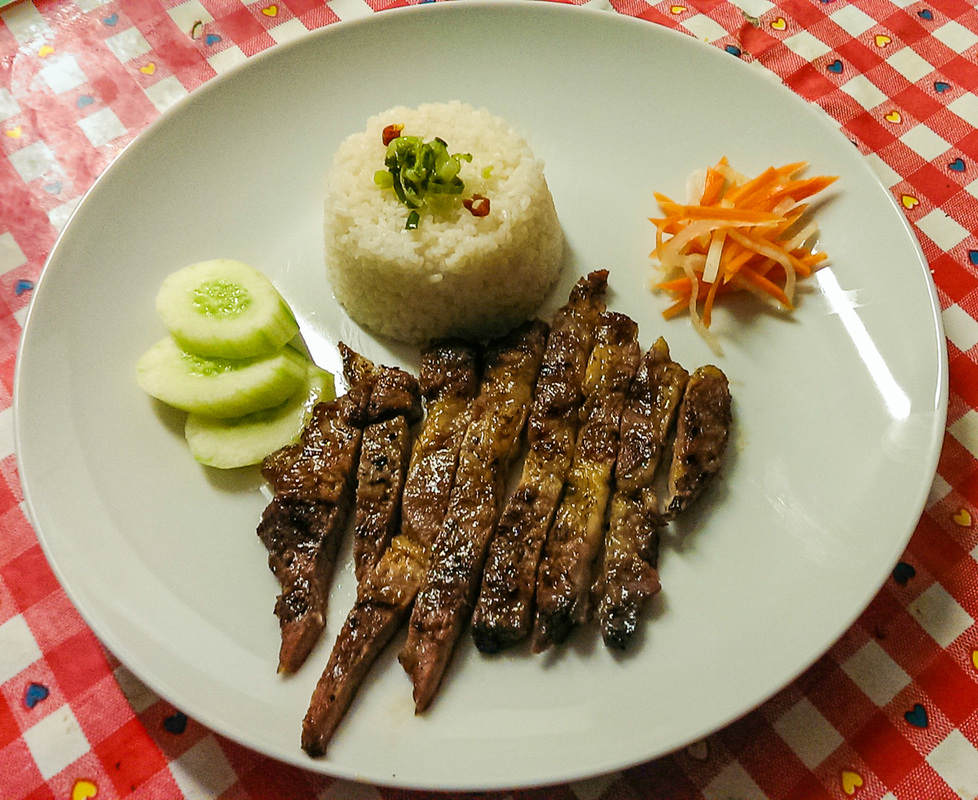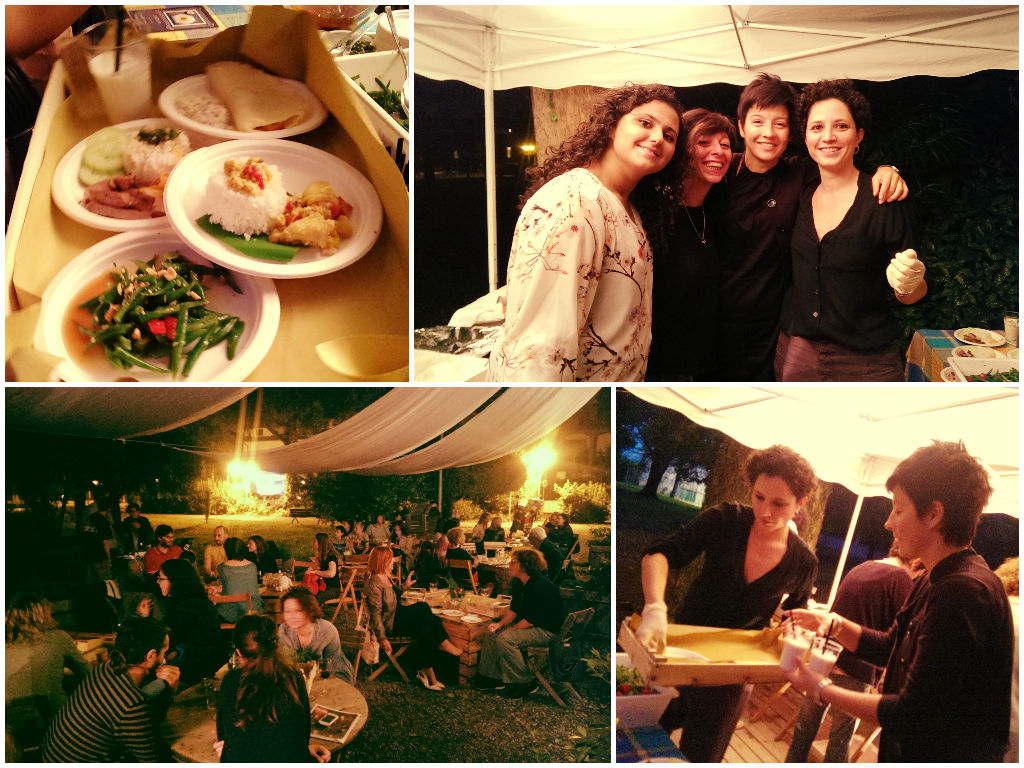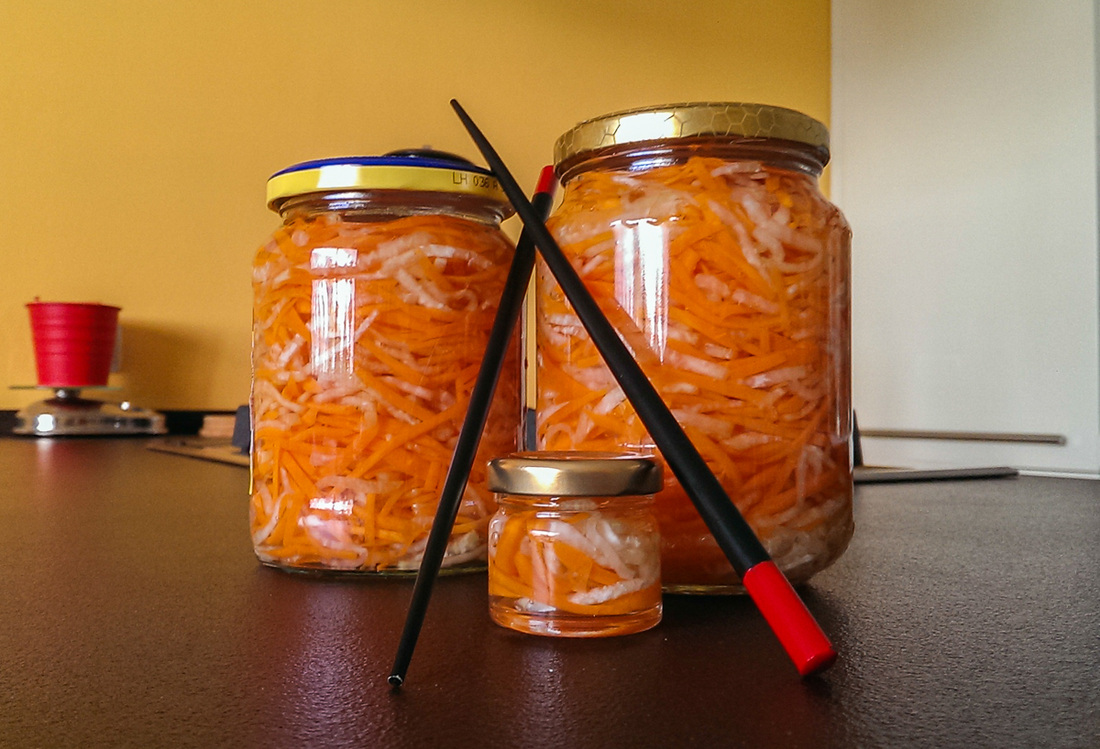(by Candi)
0 Comments
Your comment will be posted after it is approved.
Leave a Reply. |
AuthorsCANDI - passionate cook, curious about new tastes and flavours, she loves experimenting. Archives
June 2021
Categories
All
IN COLLABORATION WITH
|




 RSS Feed
RSS Feed

